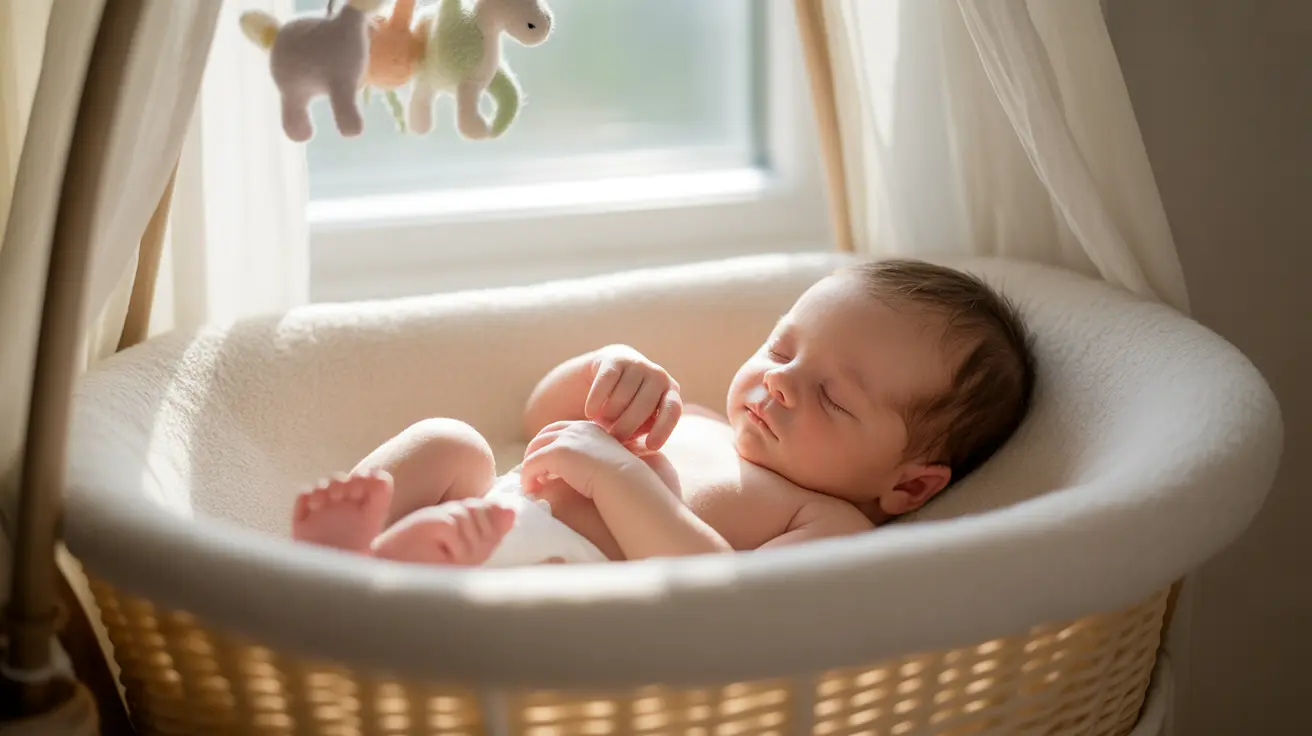As a new parent, watching your newborn's sleep can be both fascinating and sometimes concerning, especially when you notice their tiny limbs jerking or twitching during rest. These movements, while potentially alarming to observe, are actually a normal and important part of infant development.
In this comprehensive guide, we'll explore why newborns twitch during sleep, how to distinguish normal movements from concerning ones, and when you should seek medical attention. Understanding these sleep behaviors can help ease parental anxiety and ensure you're providing the best care for your little one.
Normal Sleep Twitching in Newborns
Sleep twitching, also known as sleep myoclonus, is incredibly common in newborns and young infants. These involuntary movements typically occur during active sleep (REM) phases and can include:
- Sudden jerking of arms or legs
- Small muscle twitches in the face
- Brief startling movements
- Quivering of the chin or lips
These movements are not only normal but serve an important purpose in your baby's development. They help strengthen neural connections and contribute to the development of motor skills as your baby grows.
The Science Behind Sleep Twitching
During sleep, your newborn's developing nervous system is hard at work. The twitching movements actually help their brain map and understand their body's movement capabilities. This process is crucial for:
- Motor skill development
- Spatial awareness
- Muscle strength building
- Neural pathway formation
When to Be Concerned
While most sleep twitching is completely normal, there are certain signs that may warrant medical attention. Watch for:
Red Flags During Sleep
- Rhythmic, repeated movements
- Stiffening of the entire body
- Changes in breathing patterns
- Color changes in the face
- Movements that wake the baby frequently
Concerning Signs While Awake
Different standards apply when your baby is awake. Contact your pediatrician if you notice:
- Sudden jerking movements that interrupt normal activity
- Stiffening of arms and legs
- Loss of consciousness
- Unusual eye movements
- Changes in feeding patterns
Supporting Healthy Sleep Patterns
While you can't and shouldn't try to prevent normal sleep twitching, you can support healthy sleep patterns by:
- Maintaining a consistent sleep schedule
- Creating a calm sleep environment
- Using appropriate swaddling techniques
- Ensuring comfortable room temperature
- Following safe sleep guidelines
Frequently Asked Questions
What causes newborns to twitch during sleep and is it normal?
Newborn sleep twitching is caused by the development and maturation of the nervous system. It's completely normal and actually helps babies develop motor skills and body awareness. These movements typically occur during active sleep phases and are part of healthy development.
How can I tell the difference between harmless sleep twitching and seizures in my baby?
Normal sleep twitches are random, brief, and stop when the baby wakes up. Seizures, however, tend to be rhythmic, may occur when awake, and often involve stiffening of the whole body, color changes, or breathing difficulties. If you're concerned, video record the episode to show your pediatrician.
When should I be concerned about twitching or stiffening in my baby while awake?
Be concerned if you notice rhythmic, repeated movements, stiffening that interrupts normal activities, loss of consciousness, unusual eye movements, or changes in feeding patterns while your baby is awake. These symptoms warrant immediate medical attention.
Does twitching during sleep help newborns develop motor skills?
Yes, sleep twitching plays a crucial role in motor development. These movements help strengthen neural connections in the brain, allowing babies to develop better body awareness and control over their movements as they grow.
How is benign neonatal sleep myoclonus diagnosed and treated?
Benign neonatal sleep myoclonus is typically diagnosed through clinical observation and medical history. No specific treatment is needed as it's a normal part of development. The condition naturally resolves as the baby's nervous system matures.




